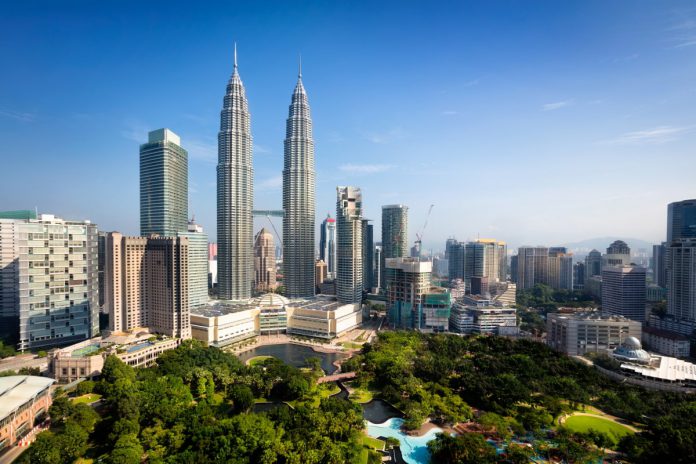KUALA LUMPUR, Feb 10 – Malaysia’s economic growth rose to a 22-year record high of 8.7 per cent in 2022 against 3.1 per cent in the previous year, contributed by positive growth in all sectors, according to the Department of Statistics Malaysia (DoSM).
In a separate statement, Bank Negara Malaysia (BNM) said the nation’s gross domestic product (GDP) expanded by seven per cent in the fourth quarter of 2022 (4Q 2022) versus 14.2 per cent in 3Q 2022, as support from the stimulus measures and low base effect waned.
The central bank noted that private sector activity remained the key growth driver in 4Q, supported by private consumption and investment.
“The continued growth in private consumption was mainly driven by improving labour market conditions,” it said.
On a quarter-on-quarter seasonally-adjusted basis, BNM said the economy registered a decline of 2.6 per cent versus 1.9 per cent in 3Q 2022.
Commenting on the full-year GDP performance, DoSM said the services sector expanded by 10.9 per cent in 2022, followed by the manufacturing (+8.1 per cent) and mining and quarrying (+3.4 per cent) sectors.
“After two consecutive years of declines, the construction and agriculture sectors rebounded in 2022 with growths of 5.0 per cent and 0.1 per cent, respectively,” it said.
DoSM said in 2022, the economy had improved and surpassed the 2019 level with an increase of 5.9 per cent, aided by higher growth in the services (+6.9 per cent) and manufacturing (+15.3 per cent) sectors.
Meanwhile, it said that Malaysia’s gross national income per capita surged to RM52,819 from RM46,163 the previous year.
On the outlook for 2023, BNM said Malaysia’s economy is expected to expand at a more moderate pace amid a challenging external environment, with domestic demand continuing to drive growth, supported by the continued recovery in the labour market and the realisation of multi-year investment projects.
“The services and manufacturing sectors will also continue to support growth,” it said.
BNM added that the slowdown in exports following weaker global demand would be partially cushioned by higher tourism activity.
“Meanwhile, the balance of risks remains tilted to the downside, mainly from weaker global growth, tighter financial conditions, reescalation of geopolitical conflicts and worsening supply chain disruptions,” it said.



















